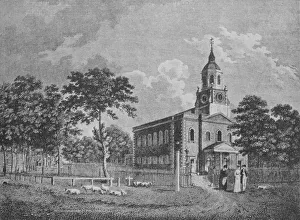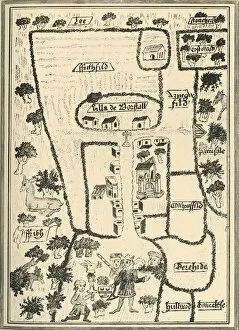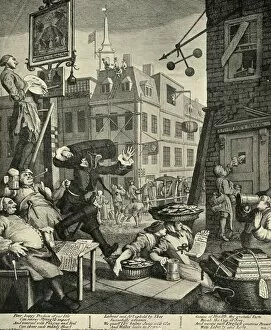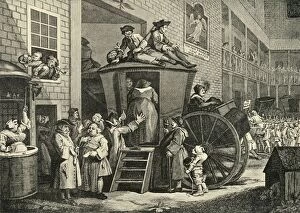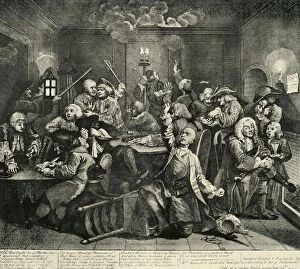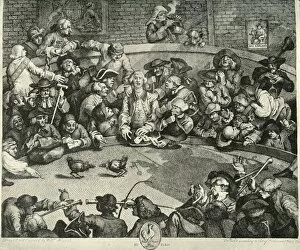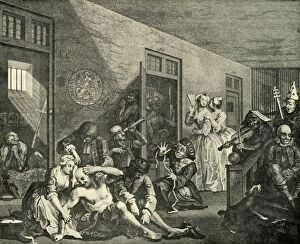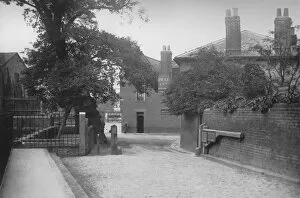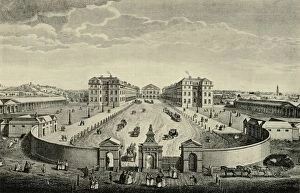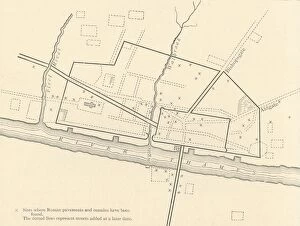Sir Walter Besant Collection
Sir Walter Besant, a man of many talents and accomplishments, was born in Holy Trinity Church, Clapham in 1812
All Professionally Made to Order for Quick Shipping
Sir Walter Besant, a man of many talents and accomplishments, was born in Holy Trinity Church, Clapham in 1812. His legacy as a writer and historian continues to inspire generations even after his passing in 1901. Besant's passion for literature led him to explore various themes and eras through his works. He delved into the social issues of his time, just like William Hogarth did with his iconic paintings such as "Beer Street" (1751) and "A Country Inn Yard" (1747). These masterpieces captured the essence of everyday life during those periods. Besant's fascination with history extended beyond art. He meticulously researched events like Venners Rising and the execution of rebel leaders in 1661, shedding light on significant moments that shaped our past. In addition to historical accounts, Besant also explored contemporary settings such as Skin Market at Leadenhall in City of London (1825), beautifully depicted by Thomas Dale. This attention to detail allowed readers to immerse themselves fully into the worlds he created. Besant's love for England is evident through his depiction of King Edward the Confessor's Palace at Borstal (Brill) in 1908. By showcasing these landmarks, he preserved their beauty for future generations to appreciate. Furthermore, Besant received recognition for his contributions when he was honored with The Queen's Birthday Honours for Literature—an achievement that celebrated both his talent and dedication. One cannot discuss Sir Walter Besant without mentioning one of his most famous novels—The Luck of Susan Bell—a captivating story brought to life through stunning illustrations. These lithographs perfectly complemented Besant's words, making it an unforgettable reading experience. Though time may have passed since Sir Walter Besant graced this world with his presence, we continue to celebrate him as a literary icon whose works transcend boundaries. His ability to transport readers across centuries remains unparalleled—a true testament to his genius.

